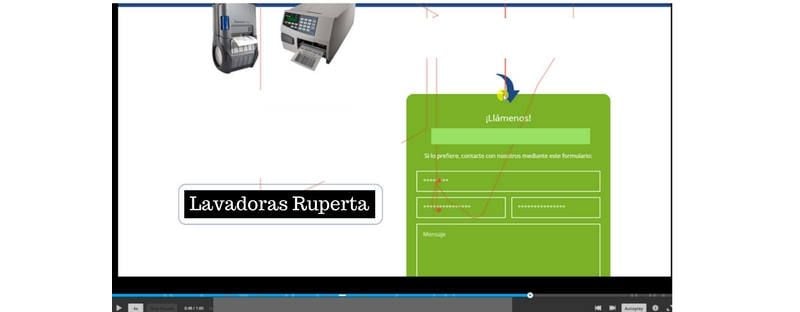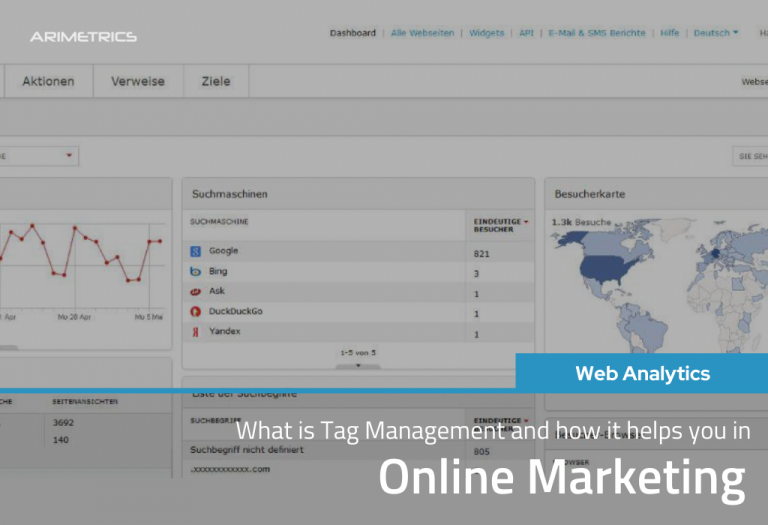We often learn that digital strategy plans without measurement are efforts in vain. Measurement, in the digital world, has become an indispensable factor when analyzing and improving results.
In this field there are many tools that are used in web analysis and user behavior. One of them is Hotjar,widely used for its versatility and whose virtues and functionalities we will break down below.
Table of Contents
1. Optimization, the basis of growth and success
In our digital marketing strategy we are interested in ensuring the effectiveness of the use of factors to achieve objectives. This process involves a thorough analysis of the variables that influence the conversion process for the improvement of a result.
For this it is essential that we analyze channels, user behaviors, web factors, the buyer persona profile, user experience and conversion. In order to perform the optimization we must first collect data, select them and then analyze them. That is why the use of tools is important. Today I would like to talk about a tool that can make a difference when it comes to using it.
2. Optimization methodologies
Before going into detail with the analysis of the tool, we will put into context the different existing optimization methodologies:
2.1. Basic optimization methodology
This model does not follow any type of pattern or structure and is carried out by the vast majority of website administrators.
2.2. Standardized optimization methodology
This type of methodology helps a lot, the only drawback is that you can analyze the impact or result of the A/B test only with quantitative data.
What you could do with this type of test is to see heat maps one by one along with recordings of sessions by control and variation. So let’s move on to the next and final methodology.
2.3. Advanced optimization methodology
In this case, through the use of the different functions of the tool, we can see how the user interacts with our website to learn how they navigate as well as improve aspects of usability. After the collection of data, process them analyze them and perform a test. Some examples that we could highlight could be the position of a banner to be less intrusive or give priority to one category or another for our users or modify the structure of the web to improve the user experience to determine which content may be more interesting.
This is precisely the model that we will be able to apply thanks to the tool that we are going to analyze in this case. If we analyze how our users navigate using Hotjar tools we can improve the user experience to improve the objective pursued.
3. What is HotJar?
Hotjar is a tool to improve usability (UX) and conversion through different functions based on user behavior in a simple way. Its characteristics are:
- Recording of Navigation sessions
- Heat maps
- Conversion funnel map and Analytics
- Surveys
But in addition to everything mentioned above, the highlight of this tool is the ease of use of the interface.
4. Hotjar Features
4.1. Recording browsing sessions
Navigation recording is like usability testing. It’s a fantastic way to identify errors and check the quality of navigation. Record browsing sessions and then play them, then tag and classify them.
4.2. Heat maps
Just by entering your URL and specifying the number of sessions you can obtain heat fields based on red color for the most used followed by yellow, green and blue measuring the Clicks, scrolls and mouse movements. Heat maps are easily interpreted and can be used on desktop, tablet and mobile devices.
4.3. Forms Conversion Funels
Keep track of the registration and/or thank you form, to follow your visitors as they go through the navigation and identification process or if they leave it. This form allows you to identify barriers in the conversion funnel. Allowing you to analyze the steps of your leads towards the path to conversion. This way you can identify barriers on your pages.
4.4. Surveys
Hotjar allows you to interact with your customers by asking questions about the usability of your site while they browse (surveys).
We can see in the tool:
- Internal feedback surveys:Interact with your users by asking questions about the usability of your site while browsing (surveys).
- Customer questionnaires:The first time they have used the tool send your client a questionnaire via email, they will know how to answer you and give you different points of view on the advantages and disadvantages of your website.
5. Conclusion
As we have seen, the Hotjar tool provides several functions aimed at the analysis of user behavior. With a clear and simple interface use that allows instant access to the tool.
As a great advantage, we have to point out its ease of use, so that even the least advanced user can get insights with it. In turn, it has advanced functionalities for those who like to take their optimization process a step further.
In short, a highly recommended tool, even more so considering that it has a free version with a recording limit of 100 sessions that can be perfectly used for sites with a low volume of traffic, or to perform specific tests on specific pages of larger sites.











